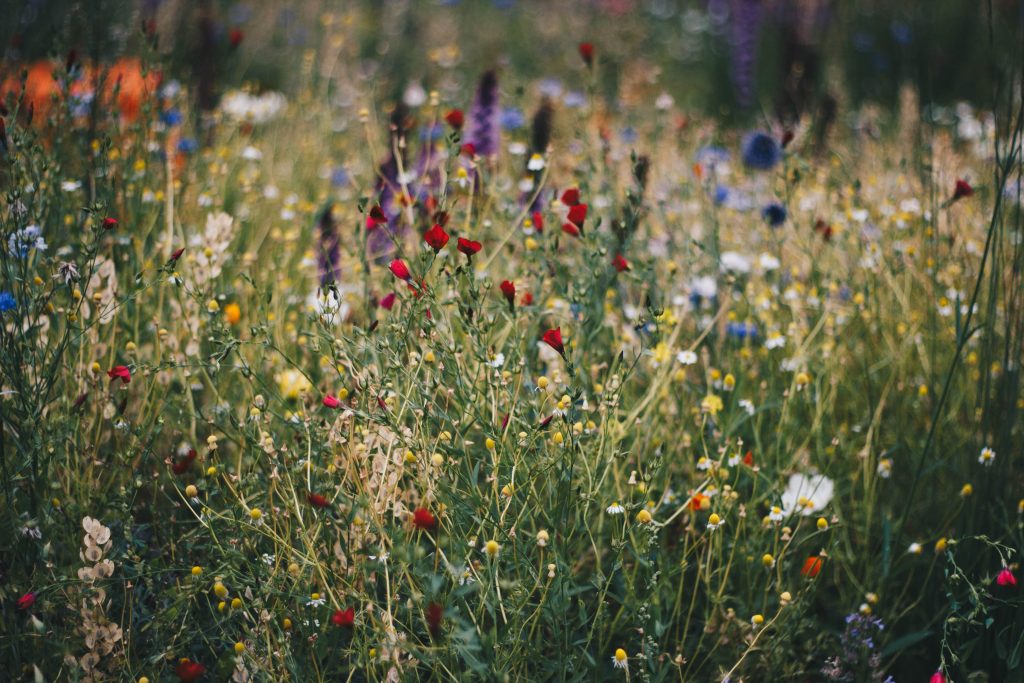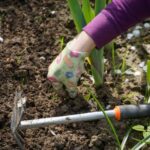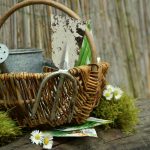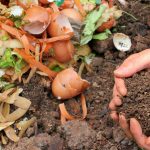Affiliate disclosure: As an Amazon Associate, we may earn commissions from qualifying purchases
Creating a garden that will attract butterflies is quite simple, and it doesn’t matter if you live in a small house in the middle of the city or a big house in the middle of nowhere. Even the tiniest of gardens has the potential to become a haven for butterflies.
The hardest part of creating a butterfly garden is keeping the butterflies coming back. You can do this by planting a wide variety of flowers that will attract a wider range of species and also planting for butterfly caterpillars. Keep reading to discover how to create a space in your garden that will attract butterflies.
Contents
What to plant to attract butterflies
Adult butterflies get their energy from nectar, and in order to get it, they travel to gardens in search of flowers to feed on. The type of flower and the colour of the flower are both important considerations. Adult butterflies are attracted to flowers of various shades of red, yellow, orange, pink, and purple that have a flat top or are clustered and have short flower tubes.
When planning what to plant in your garden, you should choose native plants and flowers. Butterflies and native flowers have co-evolved to a point that they have become dependent on each other for survival and reproduction. As a result, it is particularly important to plant flowers that are native to your area.
Adult butterflies are attracted to a wide range of flowering plants, such as bluebells, marigolds, buttercups, hyacinth, clover, garden mint, knapweed, thistles, blackberry bushes, heather, lavender, Bowles’ Mauve wallflower, marjoram, and willowherbs, to name a few.
Spring flowers are important for butterflies coming out of hibernation, and autumn flowers help butterflies get ready for winter. You can prolong the life of your plants by removing dead flowers and watering them often. Plants that are watered regularly will produce a lot more nectar, which will encourage the butterflies to keep coming back.
Butterflies like over ripened fruit
It is important to ensure that there is an adequate supply of food for butterflies from the beginning of spring through the end of summer. Some species of butterflies feed on the sugar that comes from overly ripe fruit. Pears, apples, and berries are favourite foods of butterflies, but the fruit should be as ripe as it can possibly be because butterflies have difficulty with hard fruits.
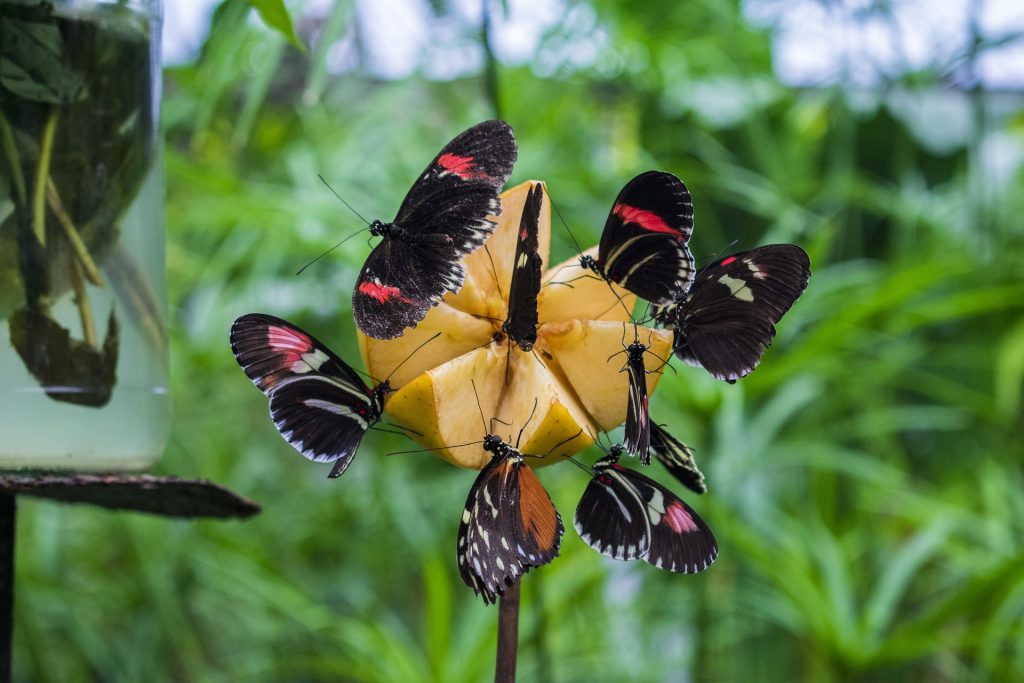
Butterflies like a sunny spot
It is essential to place flowers that produce the most nectar in locations that are exposed to direct sunlight from the middle of the morning until the middle of the afternoon. Adult butterflies typically only feed in sunny areas.
Butterflies spend their entire adult lives drinking nectar, so it is essential to plant flowers that bloom continuously for them. You should try to plant flowers in such a way that another plant will begin blooming just as the first one finishes producing flowers.
It is important to provide a resting spot for butterflies because they rely on the sun for orientation and to warm their wings before taking flight. Put down some flat stones in your garden so that butterflies have a place to land and warm themselves in the sun.
Butterflies like to puddle
Butterflies frequently gather in groups on damp sand and mud, where they drink the water from wet puddles. This behaviour is known as “puddling“. You can replicate this behaviour by putting some coarse sand in a shallow dish. Bury the sides of the dish in the soil and keep the sand slightly damp.

provide plants for caterpillars.
If you plant flowers that caterpillars can feed on, the chances of rare and unusual species of butterflies visiting your garden are significantly increased. There is no need to worry about these caterpillars causing damage to your plants because the vast majority of butterfly caterpillars never cause the leaf damage that is typically associated with moth caterpillars such as bagworms, tent caterpillars, or gypsy moth caterpillars. Instead, butterfly caterpillars feed on nectar and pollen from the plants they eat.
Avoid using insecticides
It is essential that you do not use insecticides intended for pest control in or around butterfly gardens. In fact, I wouldn’t use any insecticides because even the ones labelled “safe” will kill butterflies. Insecticides will also kill other important pollinators.
Cut back on weeding
It isn’t just flowers that butterflies are attracted to; their larvae also like to feed on nettles, thistles, ragwort, mixed grasses, holly, and ivy. If you can, try to leave an area in the garden that can grow wild. This will give butterflies food for their entire lifecycle.
